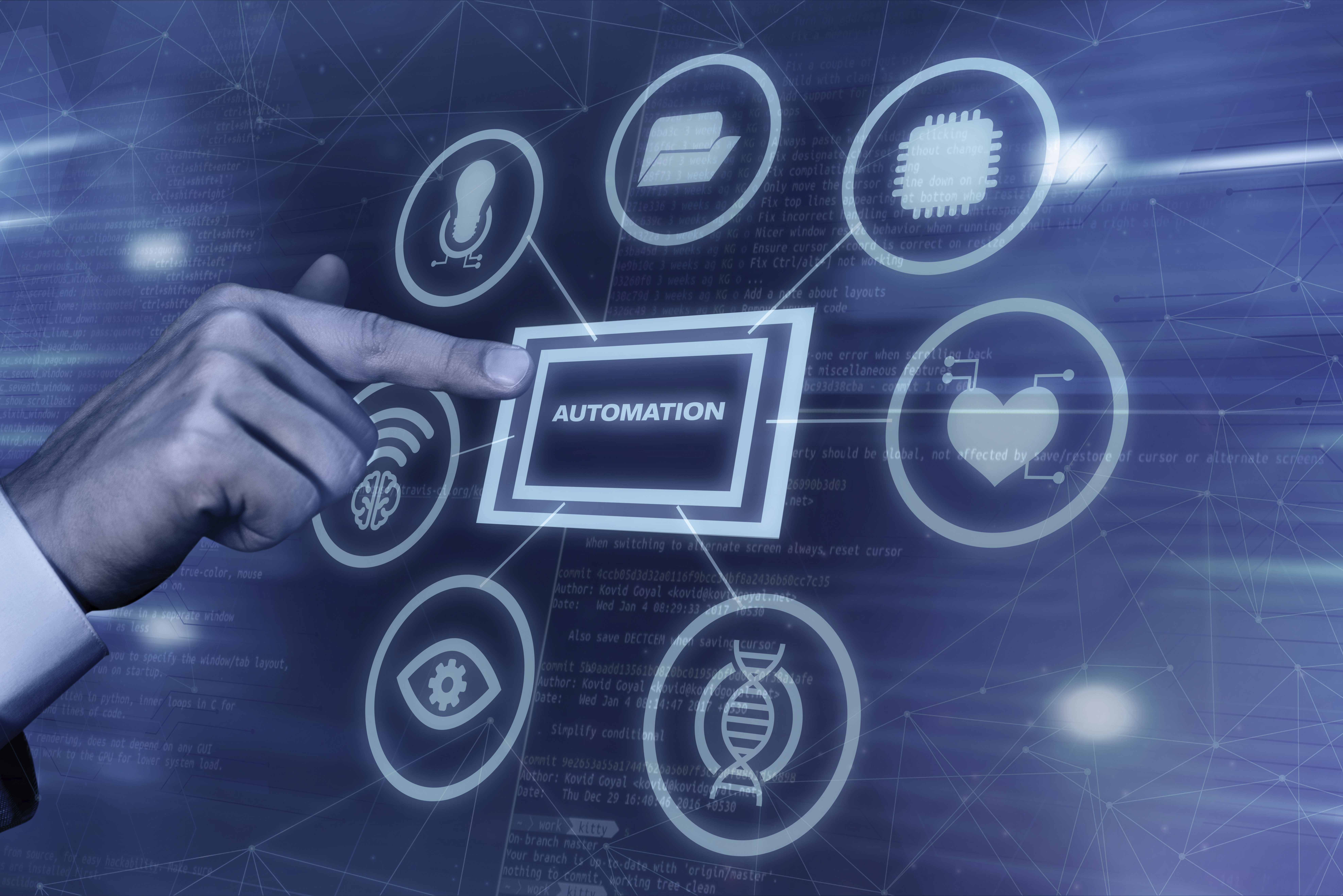What is Automation?
Automation is the use of technology to perform tasks that were once done by humans. It can be used to automate a wide range of tasks, from simple ones like turning on lights to complex ones like manufacturing cars.
How does Automation work?
Automation typically involves the use of sensors, actuators, and controllers. Sensors collect data about the environment, actuators perform actions, and controllers make decisions about what actions to take.
What are the benefits of Automation?
There are many benefits to using automation, including:
- Increased efficiency
- Improved accuracy
- Reduced costs
- Increased safety
- Increased productivity


What are the challenges of Automation?
There are also some challenges associated with automation, such as:
- The cost of implementing automation
- The need for skilled workers to maintain and operate automated systems
- The potential for job losses due to automation
What is the future of Automation?
Automation is a rapidly evolving field, and it is expected to continue to grow in importance in the years to come. New technologies are being developed all the time, and it is likely that automation will become even more widespread in the future.
Types of Automation
Automation can be categorized into several types, including:
- Fixed or Hard Automation: Used for high-volume production where the process is fixed and repetitive.
- Programmable Automation: Allows for reprogramming to handle different tasks, suitable for batch production.
- Flexible or Soft Automation: Capable of handling a variety of tasks and products, ideal for low-volume production.
- Industrial Automation : Involves the use of control systems for operating equipment in factories, boilers, and heat treating ovens, switching on telephone networks, steering and stabilization of ships, aircraft, and other applications.
Real-World Applications
Automation is utilized across various industries, including:
- Manufacturing: Robotics and automated machinery streamline production lines.
- Healthcare: Automated systems assist in patient monitoring and medication dispensing.
- Finance: Automated trading systems and fraud detection algorithms enhance efficiency and security.
- Transportation: Self-driving vehicles and automated traffic management systems improve safety and reduce congestion.
Getting Started with Automation
If you're interested in implementing automation in your processes, consider the following steps:
- Identify repetitive tasks that can be automated.
- Research available automation tools and technologies.
- Start with small-scale automation projects to test feasibility.
- Train your team on new technologies and processes.
- Continuously evaluate and optimize automated systems for better performance.
Conclusion
Automation is a powerful tool that can be used to improve our lives in many ways. It is important to be aware of both the benefits and challenges of automation so that we can make informed decisions about how to use it.